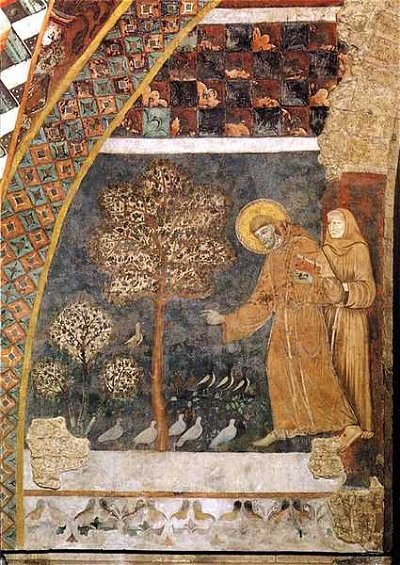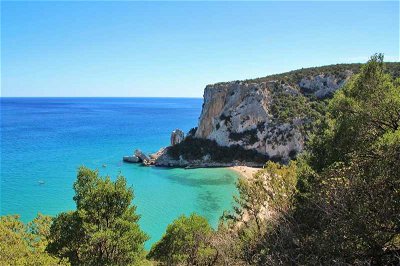8. Italy is known as a volcanically active country. Besides Sicily and Campania, where the most significant active volcanoes are located, which "capital" region contains a large number of dormant and extinct volcanic centres?
From Quiz An Italian Medley
Answer:
Latium
Italy is home to mainland Europe's only active volcanoes, Mount Vesuvius (Campania) and Mount Etna (Sicily), which have also been included in the list of 16 "Decade Volcanoes", strictly monitored because of their proximity to densely inhabited centres. These two regions also contain other smaller active or dormant volcanoes and volcanic complexes - such as Stromboli and Vulcano off the coast of Sicily, and the Phlegraean Fields to the west of Naples. However, other Italian regions host volcanic centres that are known to have been active in historic times. Of all these regions, Latium (Lazio), the central Italian region where Rome, Italy's capital, is located, probably boasts the highest number of these dormant or extinct volcanoes.
Lazio's most remarkable volcanic complex, the Alban Hills (Colli Albani), located southwest of Rome, and renowned for their wine production, are believed to have last erupted in 34,000 BC. However, scientists have observed signs of unrest (such as increased seismic activity) in these beautiful, densely wooded hills. The most recent eruptions in the Colli Albani produced two striking crater lakes, Lake Albano and the smaller, almost perfectly circular Lake Nemi.
The other major volcanic complex of the region, the Monti Sabatini, lies northwest of Rome, and includes two lakes, Lake Bracciano, which occupies a caldera, and Lake Martignano, a small crater lake. Monti Sabatini's most recent eruption is estimated to have occurred about 60,000 years ago, and - though at present completely quiescent - the complex is not yet considered to be extinct.
North of Monti Sabatini lies another, probably extinct volcanic system, the Monti Cimini, with Lake Vico occupying the central caldera of one of the two main volcanoes. The Monti della Tolfa, which lie west of the Sabatini and Cimini, parallel to the Tyrrhenian coast, are instead considered extinct, as are the Monti Volsini, also in northwestern Latium, surrounding Lake Bolsena, Europe's largest volcanic lake.
While the three Italian regions listed as wrong answers contain hills and mountains of volcanic origin, no activity has occurred there for millions of years.
LadyNym of Phoenix Rising's Red Crew wrote this question about some beautiful and beloved places.
 I learned a lot of interesting facts while on my trip of a lifetime to Italy. Come along on a tour of the country with me, and let's see what you know!
I learned a lot of interesting facts while on my trip of a lifetime to Italy. Come along on a tour of the country with me, and let's see what you know!  I learned a lot of interesting facts while on my trip of a lifetime to Italy. Come along on a tour of the country with me, and let's see what you know!
I learned a lot of interesting facts while on my trip of a lifetime to Italy. Come along on a tour of the country with me, and let's see what you know!  I recently returned to Italy after a four-year absence. This quiz is meant to celebrate my long-awaited reconnection with my home country.
I recently returned to Italy after a four-year absence. This quiz is meant to celebrate my long-awaited reconnection with my home country.  If you plan to visit my country, you'll discover a lot of unexpected curiosities, including a peculiar form of English.
Luckily, behind the boards, Italy is there.
If you plan to visit my country, you'll discover a lot of unexpected curiosities, including a peculiar form of English.
Luckily, behind the boards, Italy is there.  Quick Question
Quick Question = Top 5% Rated Quiz,
= Top 5% Rated Quiz,
 Top 10% Rated Quiz,
Top 10% Rated Quiz,
 Top 20% Rated Quiz,
Top 20% Rated Quiz,
 A Well Rated Quiz
A Well Rated Quiz